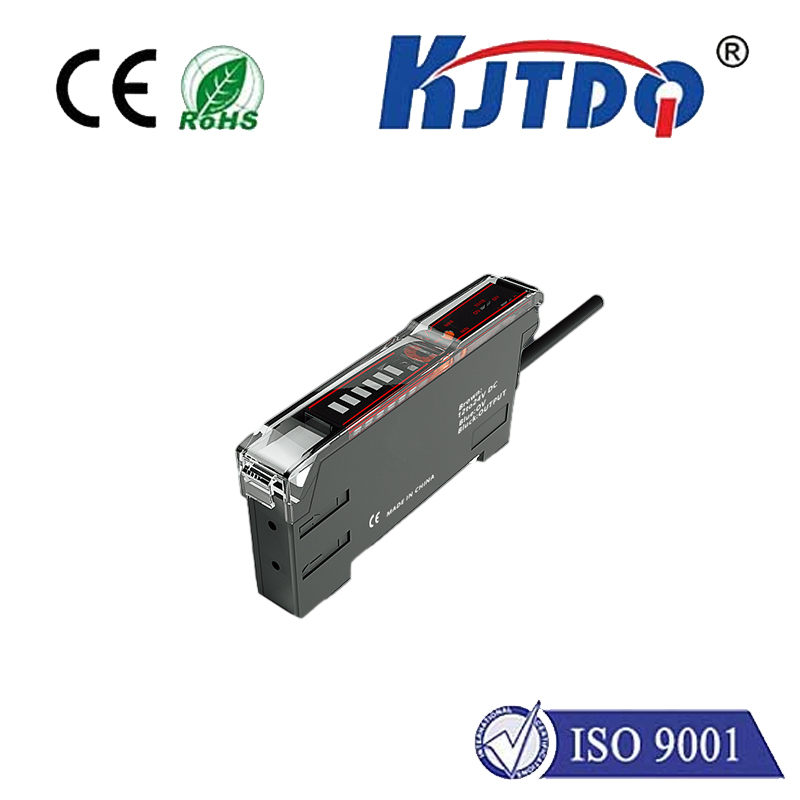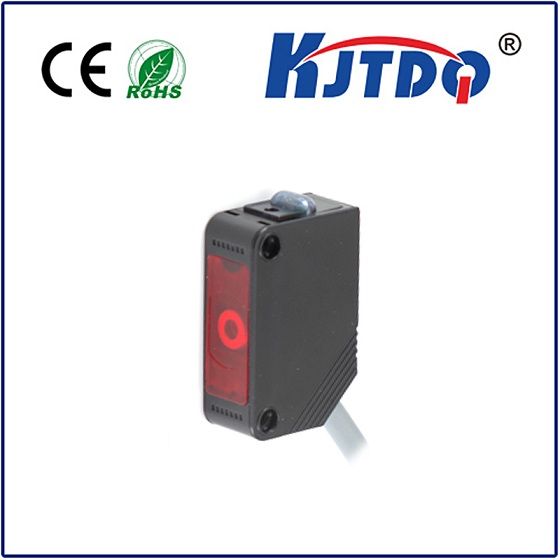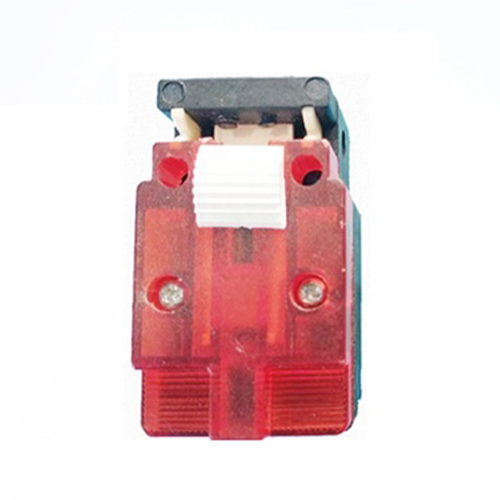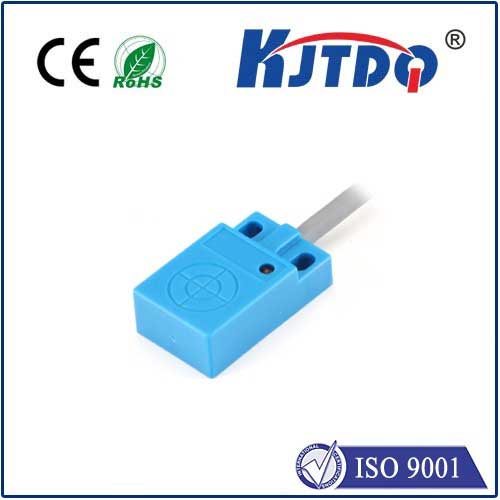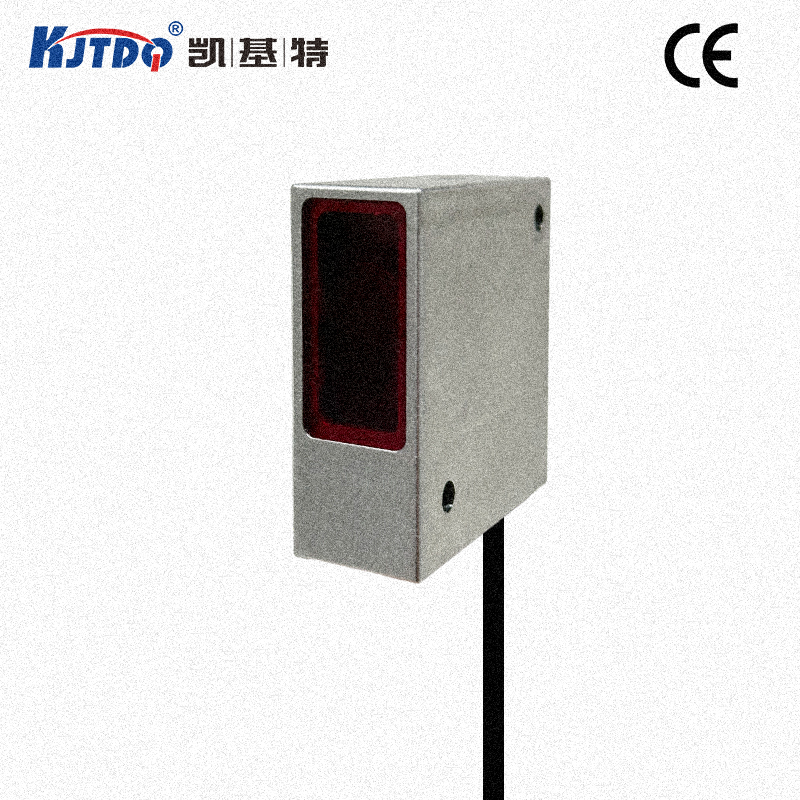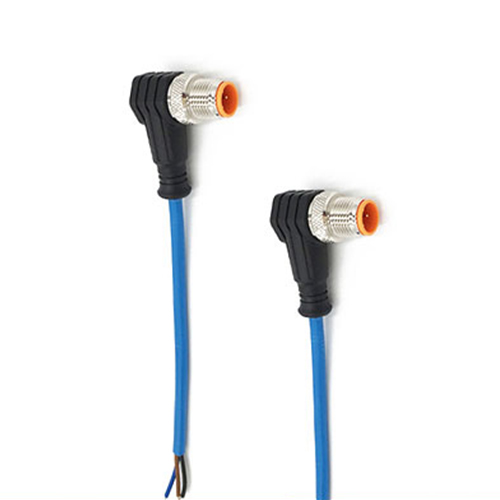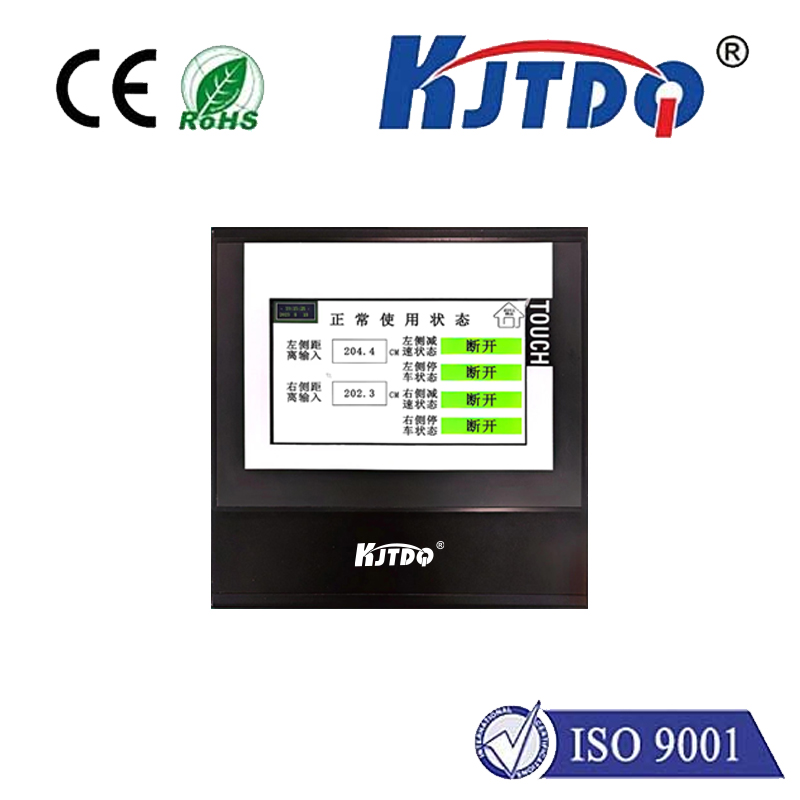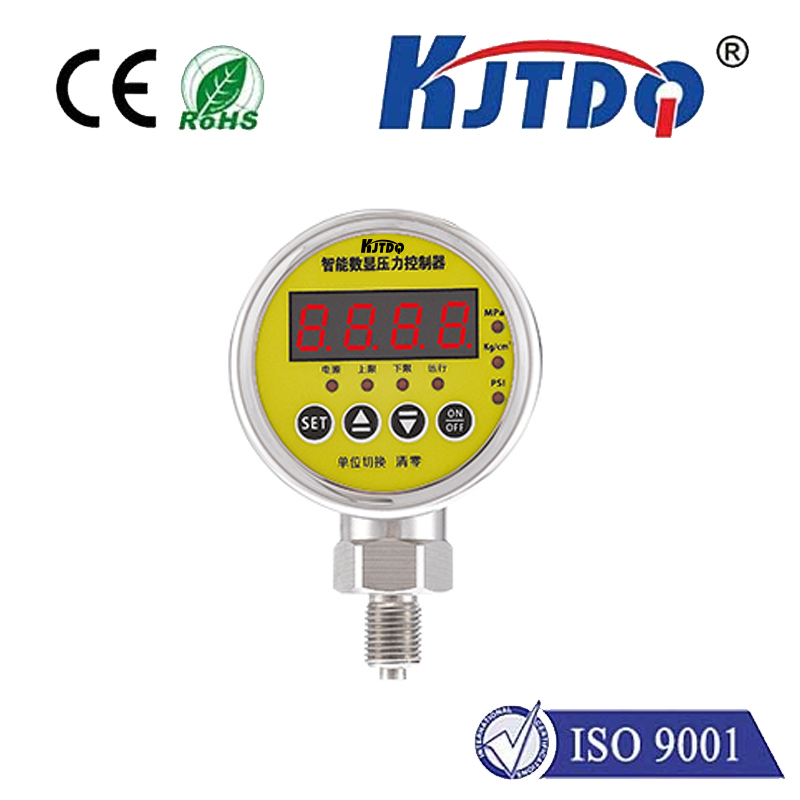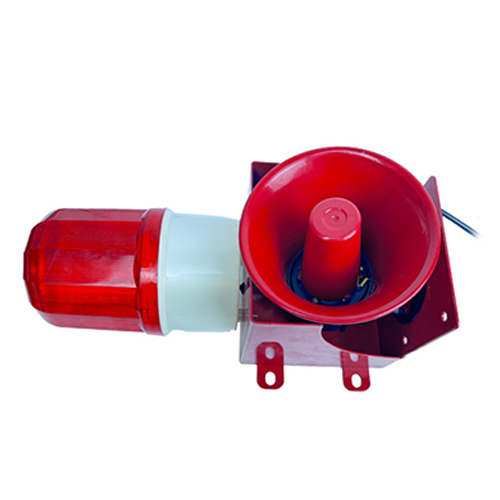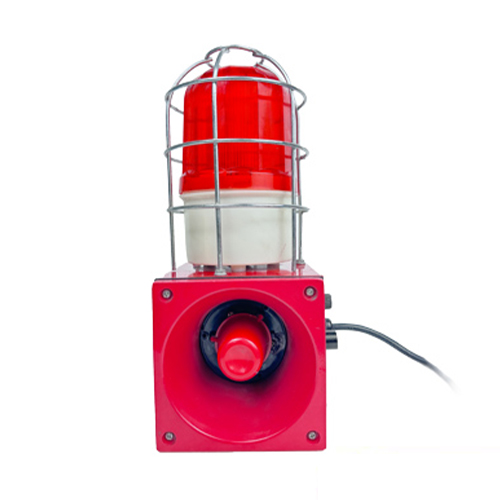

check

check

check

check

check

check

check

check

check

check
Two-Wire Inductive Proximity Sensors: A Comprehensive Guide In the ever-evolving world of industrial automation, sensors play a crucial role in ensuring efficient and precise operations. Among the myriad of sensors available in the market, two-wire inductive proximity sensors have gained significant popularity owing to their simplicity, reliability, and cost-effectiveness. This article delves into the intricacies of two-wire inductive proximity sensors, exploring their working principle, applications, advantages, and limitations.
Two-wire inductive proximity sensors are electronic devices that detect the presence of metallic objects without any physical contact. They consist of two wires - one for power supply and the other for signal output. These sensors operate on the principle of inductance, where an electromagnetic field is generated around a coil. When a metal object enters this field, it induces a change in the electromagnetic field, which is then detected by the sensor’s circuitry, resulting in an output signal.
The working principle of a two-wire inductive proximity sensor can be broken down into four stages:
Power Supply: The sensor receives a voltage supply through its two wires, typically ranging from 10-30V DC.
Electromagnetic Field Generation: The supplied voltage energizes the sensor’s coil, creating an oscillating electromagnetic field around it.
Object Detection: When a conductive material comes within the range of this electromagnetic field, it gets induced with eddy currents due to the changing magnetic field.
Output Signal: The change in the electromagnetic field caused by the eddy currents is processed by the sensor’s circuitry, which then generates an output signal to indicate the presence of the detected object.

Two-wire inductive proximity sensors find广泛的应用 across various industries due to their versatility and robustness. Some common applications include:
Automotive manufacturing: Used for detecting the position of parts during assembly processes.
Food processing: Ensures accurate filling levels in containers and tanks.
Conveyor systems: Counts products or monitors the presence of objects on conveyor belts.
Machinery protection: Acts as a safety measure to prevent machinery damage by detecting unauthorized access or foreign objects.
Two-wire inductive proximity sensors come with several advantages that make them a preferred choice for many industrial applications:
Simplicity: With only two wires required for both power supply and signal output, these sensors are easy to install and maintain.
Cost-Effectiveness: Owing to their simple design and widespread usage, two-wire inductive proximity sensors are relatively inexpensive compared to other types of sensors.
Reliability: These sensors are built to withstand harsh industrial environments, making them highly reliable for long-term use.
Versatility: Capable of detecting a wide range of metallic objects, they cater to diverse sensing needs.
Despite their numerous advantages, two-wire inductive proximity sensors also have certain limitations that need to be considered:
Material Limitation: They can only detect metallic objects and are unsuitable for non-conductive materials such as plastics or wood.
Sensing Range: The detection range of these sensors is limited and can be affected by factors such as temperature, humidity, and the size and shape of the target object.
Interference: Electrically noisy environments may cause interference with the sensor’s performance, leading to false readings.
In conclusion, two-wire inductive proximity sensors offer a simple yet effective solution for detecting metallic objects in industrial automation applications. Their ease of use, cost-effectiveness, reliability, and versatility make them a popular choice among engineers and technicians alike. However, it is essential to consider their limitations and choose the right type of sensor based on specific application requirements. As technology continues to advance, we can expect further enhancements in sensor capabilities, opening up new possibilities for innovation in industrial automation systems.
